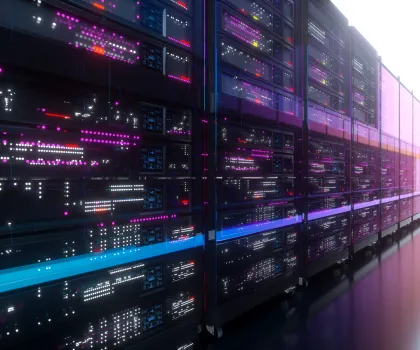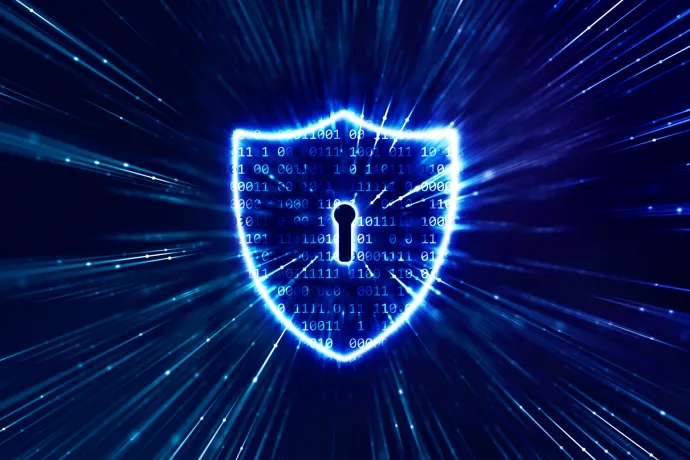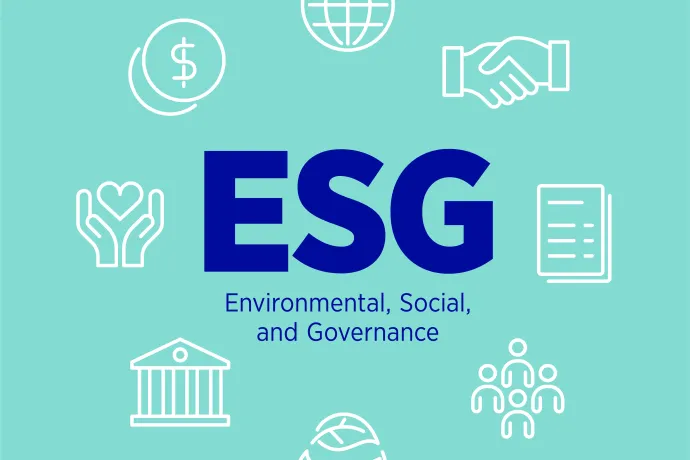A Focus on Products and Supply Chain
NortonLifeLock relaunches Environmental Stewardship program, Part 2
Protecting our planet is key to ensuring a safe and sustainable future. We call this work environmental stewardship, and our relaunched program focuses on efforts across the following pillars: climate and energy; sustainable products; supply chain; engagement; and reporting. This post is part of a three-part series. Read about our engagement efforts here and check back in two weeks for more information on our climate and energy efforts.
Every product or service offered has an associated environmental impact and focusing on sustainable products and our supply chain is crucial. Under two of our environmental pillars, products and supply chain, we are striving to reduce the environmental footprint of our products and promote high standards for environmental stewardship across our supply chain.
Currently 90% of our products are already delivered digitally, and in FY21, 30% of our physical products used Forest Stewardship Council (FSC) certified paper. For over 25 years, FSC has been promoting the responsible management of the world's forests by bringing together experts from the environmental, economic, and social spheres. FSC certification is important because it gives our company and our customers the assurance that the paper used comes from either post-consumer waste or a forest managed to high environmental, social, and economic standards.
What is a lifecycle analysis?
In an effort to do more, we have just launched our first product environmental lifecycle analysis (LCA). LCA is a tool to evaluate the environmental impact of something, in our case our products, through their life cycle. This encompasses the extraction and processing of raw materials, manufacturing, distribution, use, and recycling or disposal. LCA fits under both our product pillar, as we are looking at the environmental impact of our products, and our supply chain pillar, as we are working closely with our supply chain team and suppliers to calculate these impacts.
Why are we doing a lifecycle analysis?
This LCA will provide a more comprehensive understanding of the full impact our products have on the environment and the effect our suppliers (and their suppliers) have when providing the parts and/or services we need to bring our products to customers. It will allow us to identify impact hot spots, including those related to our products once they are in the hands of the customer, and will help us prioritize improvement efforts.
With the thoroughness and analytic consistency of the LCA process, we will be able to make data-driven decisions to improve the sustainability of our products and supply chain. Additionally, LCA will help us lay the groundwork to define product-specific goals and targets and take product sustainability to the next level.
So, what’s next?
We are currently in the data gathering phase of our LCA. We plan to publish our findings, which will include an analysis of products shipped by type in each region, and issue our LCA Report when the work is complete in October.
Additionally, we are working with our Procurement team to assess the feasibility of adding sustainability questions into supplier onboarding questionnaires. We plan to continue assessing supplier climate goals and gaps and, in the future, we will look to establish supplier emissions reduction goals.







We encourage you to share your thoughts on your favorite social platform.